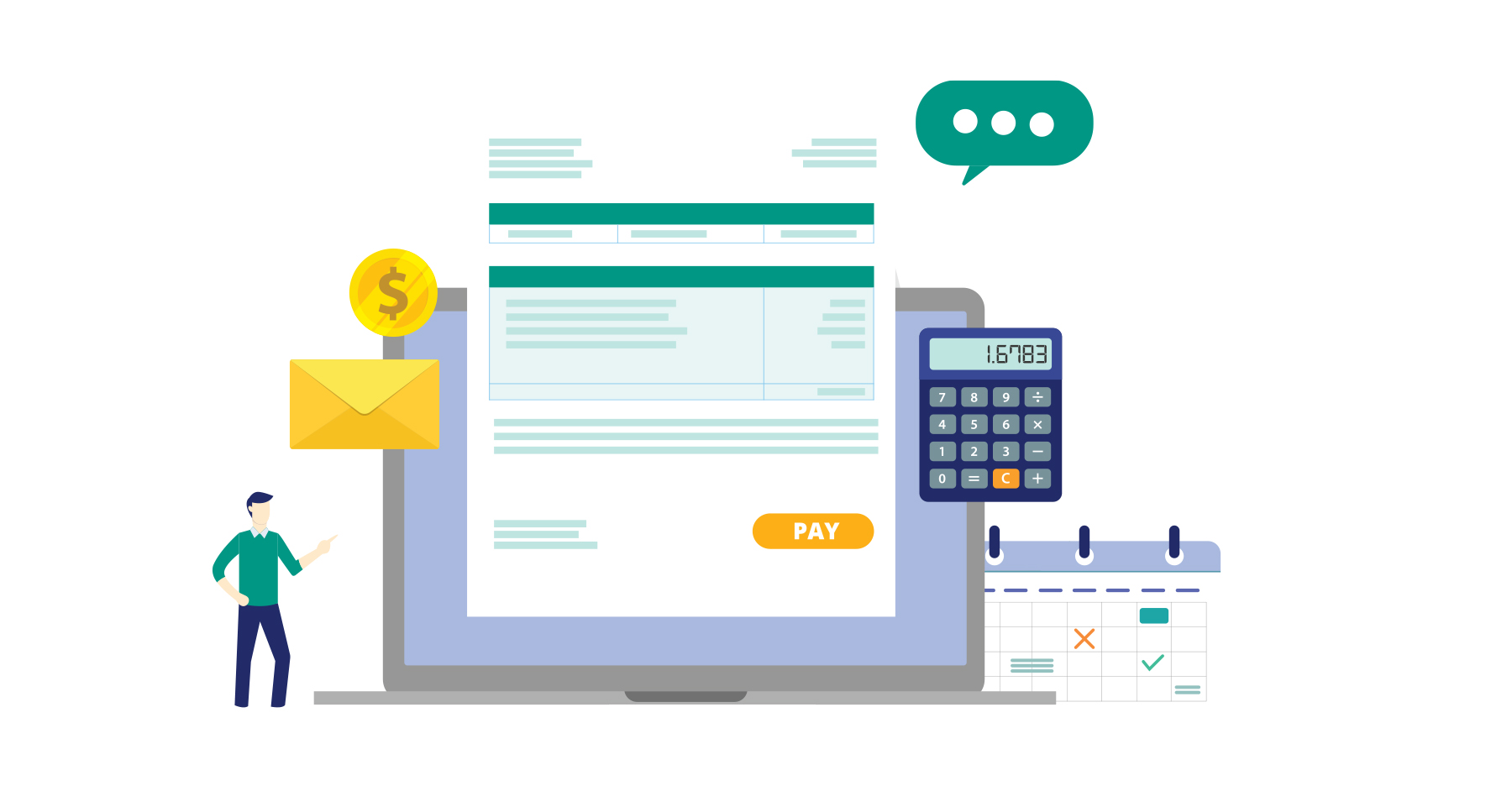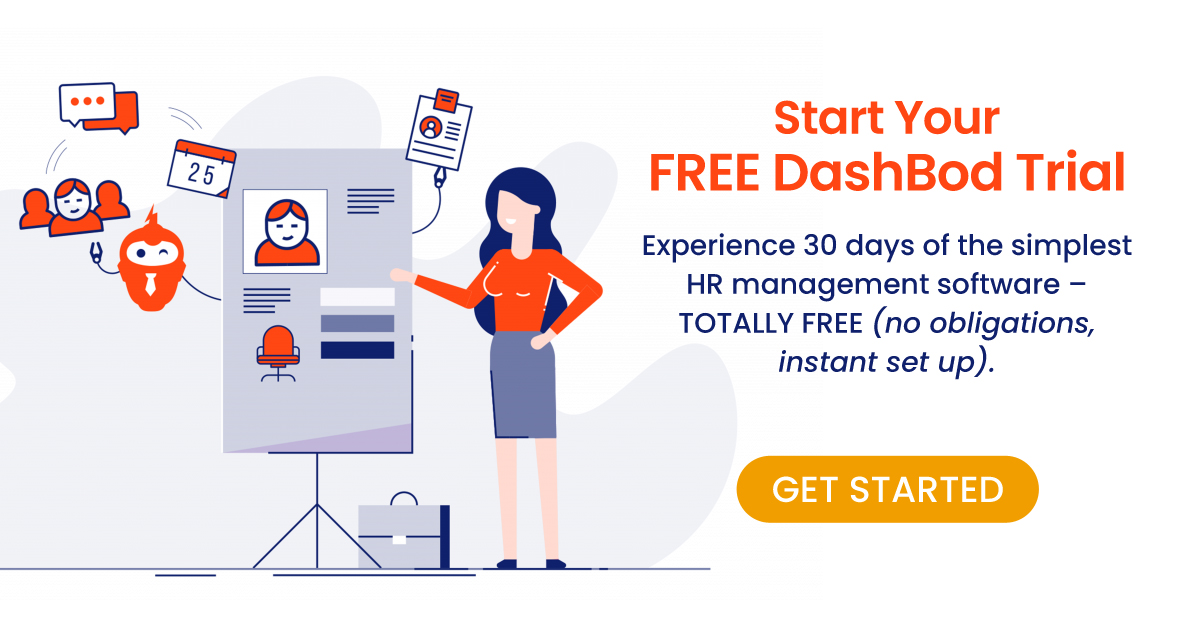Payroll consists mainly of paying employees, tracking employees and taxes. You may wonder what’s the big deal about a payroll software for your SME then?
After all, it’s just one part of your business admin. Paying employees on time, can’t be that difficult.
The smallest companies can manage these with spreadsheets, but at a certain point, it’s going to be overwhelming and you have to start getting help. Unless you’re thinking of outsourcing, you’re probably looking at an HR software with a payroll function.
It’s natural for a business owner or for someone in charge of the finances, to want to know the ROI of investing in this addition.
Is payroll software worth it?
You probably know the answer anyway.
Yes, the ROI of payroll software is likely very worth it. How do we know?
Because we work with SMEs all the time. We’ve spoken to small business owners and employees from practically every industry in Singapore. The top three challenges they face are:
- Maintaining accuracy and minimising errors
- Managing multiple roles in the department
- Completing payroll on time
For startups with just a handful of employees, you may shrug it off and say an Excel Spreadsheet does the trick.
However, once you have contractors, part-time and full-time employees, staff that take unpaid leaves and those that work overtime, those that claim for allowances and others that need bonuses… payroll gets really complicated.
Here’s how payroll software can solve three major headaches for your SME.
Inaccurate data and (costly) payroll processing errors
Payroll errors can be incredibly costly to a business both in terms of time and employee satisfaction.
Many employees live paycheck to paycheck. When you take 10 days to fix a payroll error, it can feel like an eternity to the employee who needs the money to pay her bills or make sure her dad gets the dialysis treatment he needs.
If you want to attract good people to your organisation, you don’t want a reputation for being inconsistent or “bo chup” about handling employee’s money.
- Some of the most common payroll errors are:
- Misclassifying employees
- Miscalculating pay
- Missing payroll deadlines
- Not sending out CPF contributions
If HR payroll software can execute the task flawlessly every single time, why not go ahead with it?
Furthermore, the system can update all payroll records automatically in the cloud so you never have to remember who needs how much or what needs to be submitted.
How HR payroll software helps
The ROI comes in part from simply reducing payroll errors. Payroll software makes it easy to generate HR reports, submit taxes, distribute bonuses and whosever time it is spent on documenting and entering these entries (the biggest source of mistakes).
Having information like salary, hours worked, account numbers and official records in a system means you’re less likely to make mistakes when transferring data or entering information.
Torn between too many HR tasks
In an SME, it’s usually either the business owner handling HR tasks or a couple of admin staff in charge of all the human resource needs. But we all know HR responsibilities far exceed payroll. They include:
- Recruiting and hiring
- Training and development
- Office management
- Performance reviews
- Leave, attendance tracking, benefits management
- Ensuring employees requests are met
- Compliance with MOM
- And many many more…
Spending a bunch of time on payroll and checking documentation means there’s less time dedicated to the numerous other necessary tasks. Less time + same workload = rush job
Rushing increases the possibility of making mistakes.
Payroll is troublesome enough. Look, with so many other tasks to juggle, KPIs to meet and people to please, worrying about errors just makes things so much harder.
You might be interested in: The step by step guide to payroll software for small business
How HR payroll software helps
The right automated payroll system simplifies many payroll tasks so you can take one thing off your plate.
The attendance module allows you to track hours and calculate salary easily. An employee records module helps record and extract data on the backend with just a few button clicks so you don’t have to toggle between tabs and manually key in information. Automatic CPF submission means you don’t have to do separate computations and e-submissions.
HR can be easy with payroll software.
Unable to complete payroll on time
This is probably a result of the previous two challenges. If there are errors and you don’t have the capacity to handle everything, there’s a high chance you’re going to miss deadlines.
Depending upon the number of employees in your organisation, processing your payroll can take an average of 15 minutes per employee. Compared to that, payroll software can achieve the same result (or better) in less than 2 minutes.
After you complete your payroll tasks, you can even create a report with just one button click, to keep track of submissions for compliance purposes.
How HR payroll software helps
A good payroll system will be able to pull data from the cloud to automatically fill out employee details, complete tax filings and other payroll tasks a lot quicker. With a reporting tool, you’ll be able to keep make strategic payroll decisions.
Rather than trying to figure things out manually, you have an overview of resource distribution and make more data-driven decisions to benefit the company and your employees.
You might be interested in: Top 7 key features every HRM system must have (for Singapore SMEs)
Which payroll software right for your SME?
One can say that investing in payroll software for your SME is a cost-effective option. The right solution saves you time, money and benefits all your employees in one way or another.
If you’re torn between which HR payroll software is best for your business, try us out for free!



